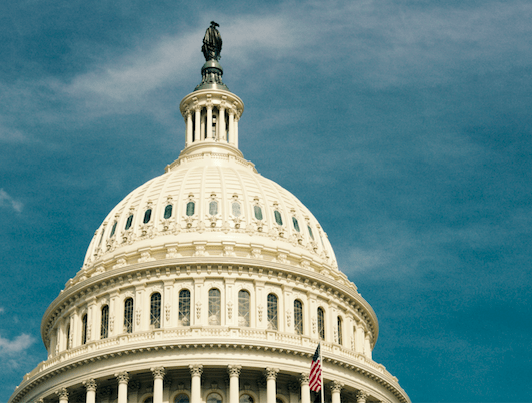
Policy Webinar Series: State Laws Addressing Pharmacy Prices
This webinar features Katie Gudiksen, Senior Health Policy Researcher at UC Hastings. Gudiksen will discuss state laws addressing pharmacy prices and the utilization of these laws in driving higher-value in health care.

















